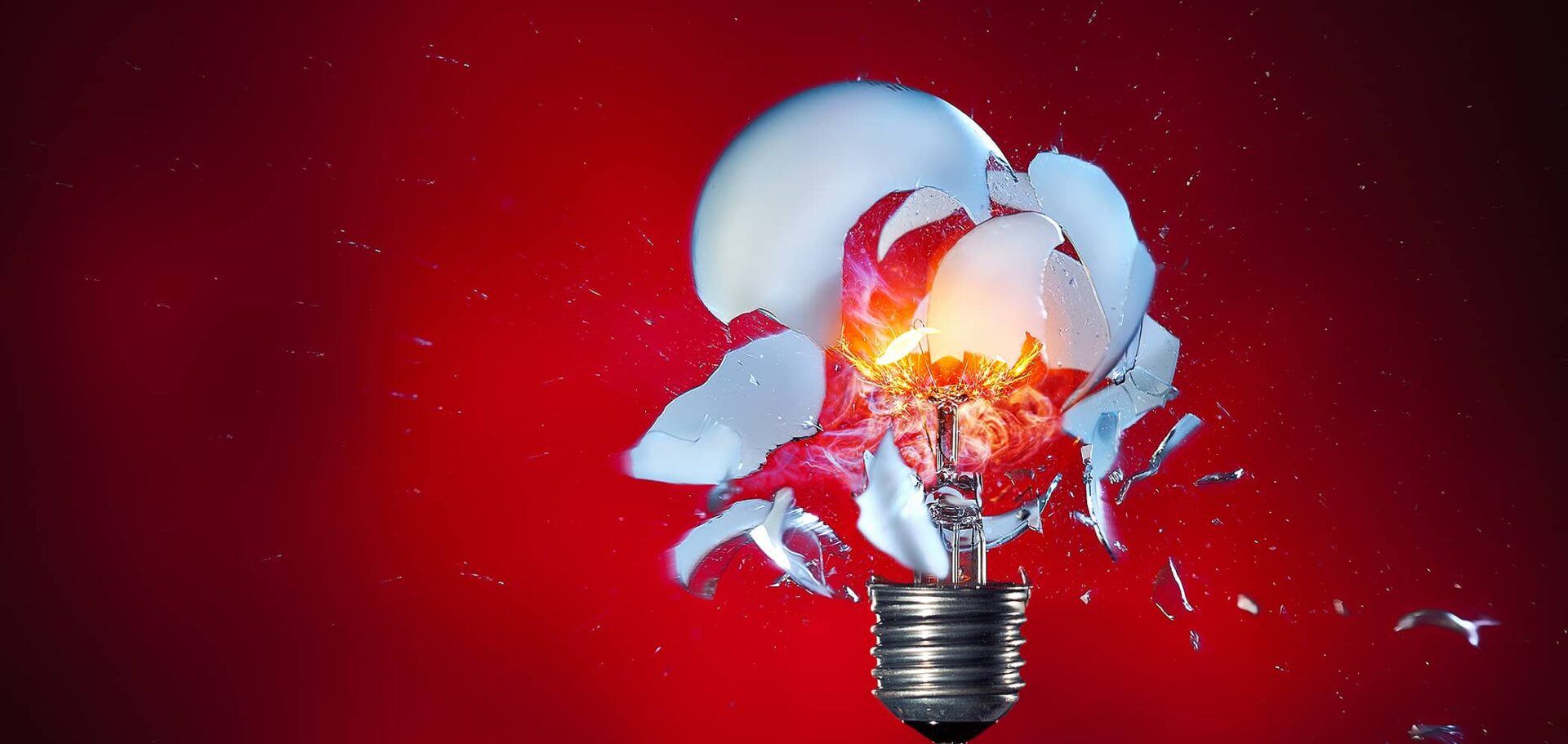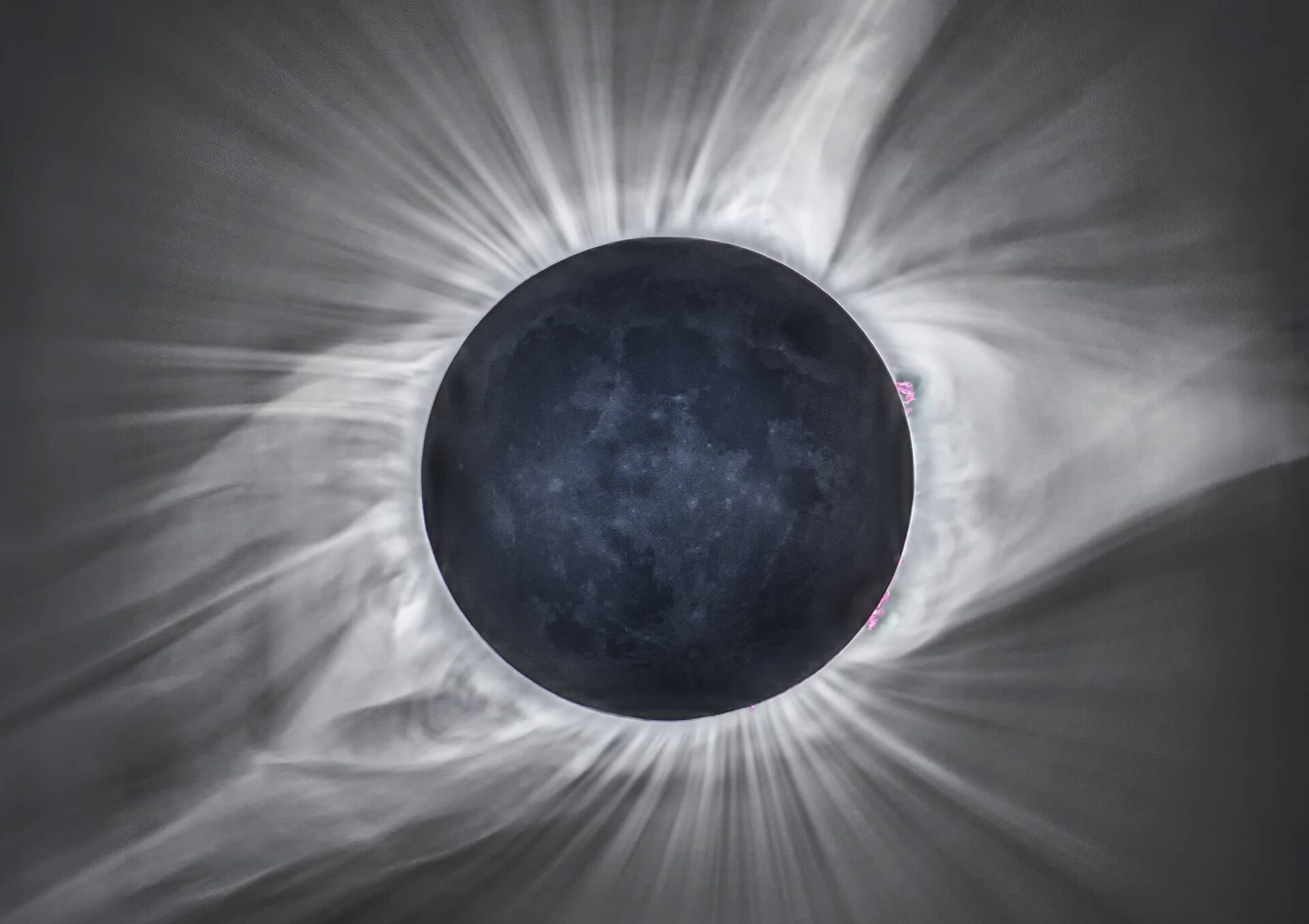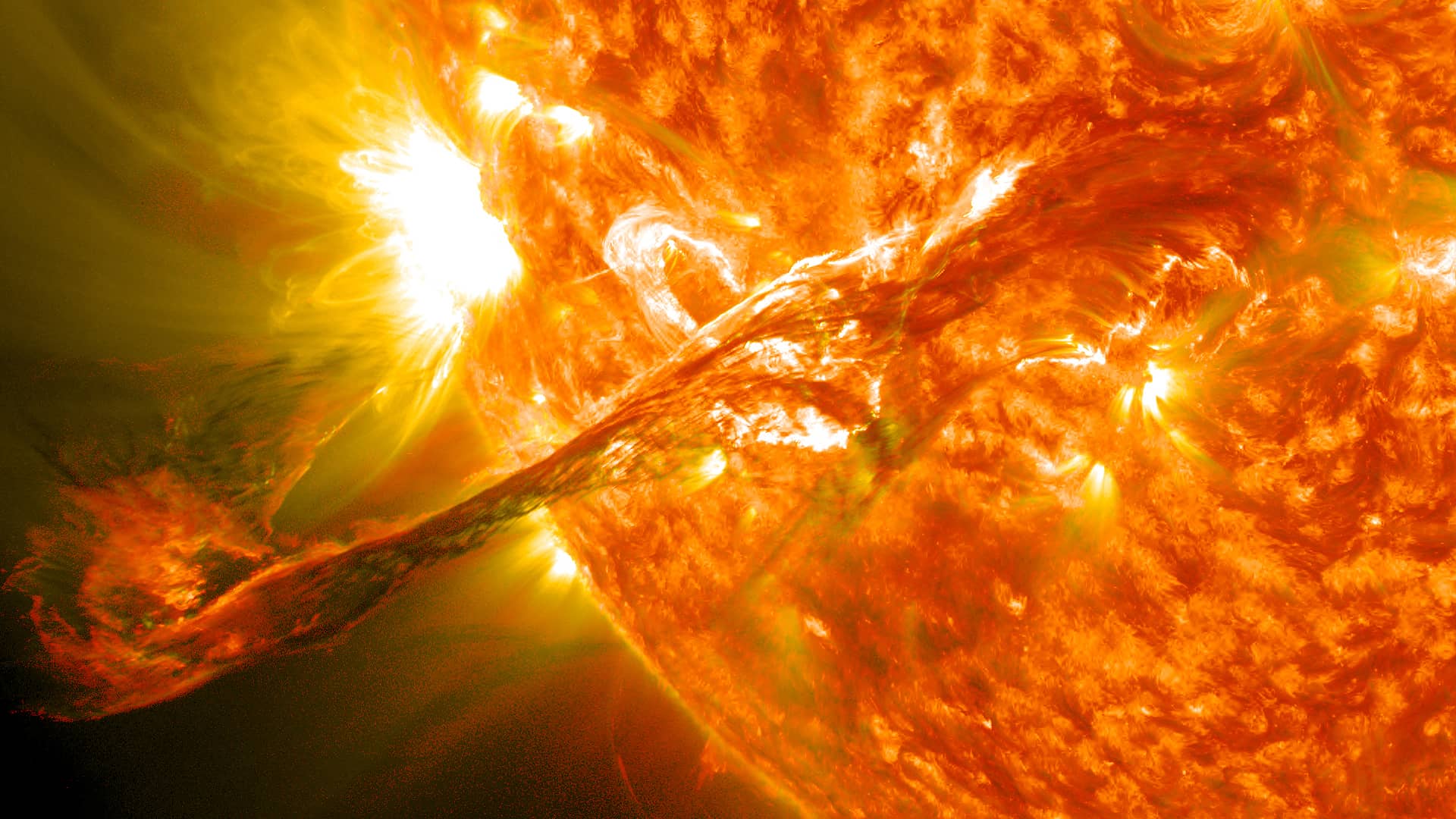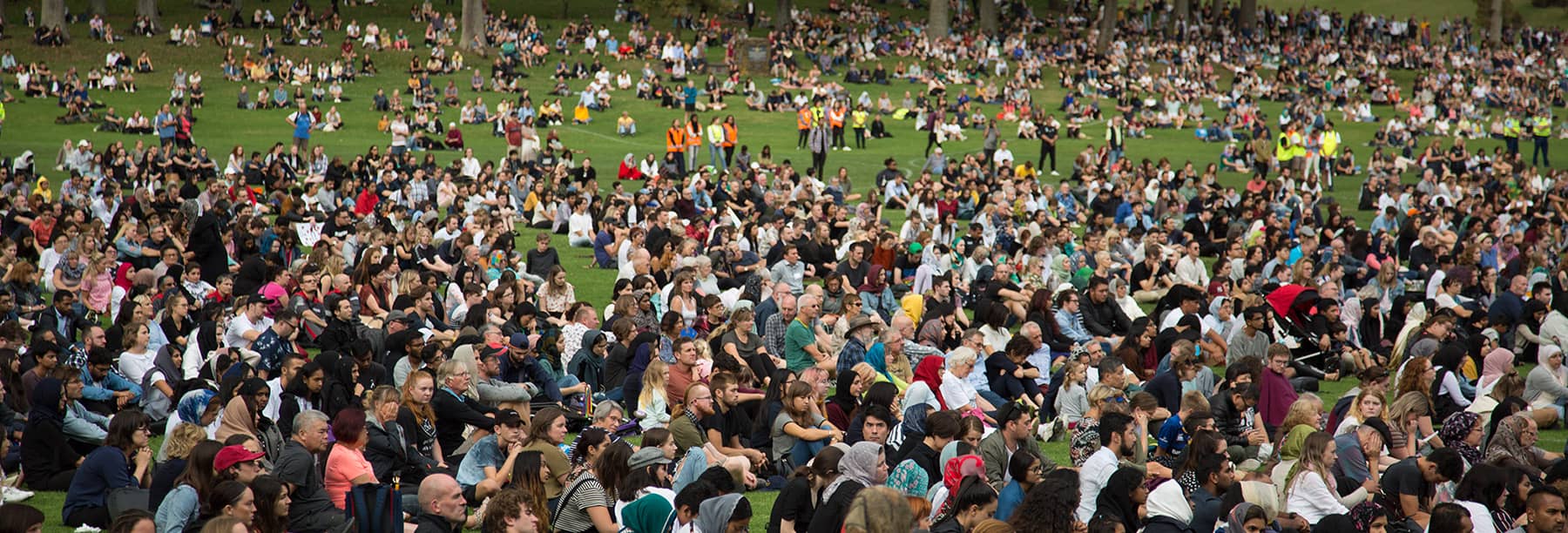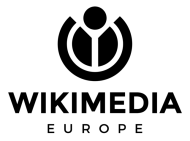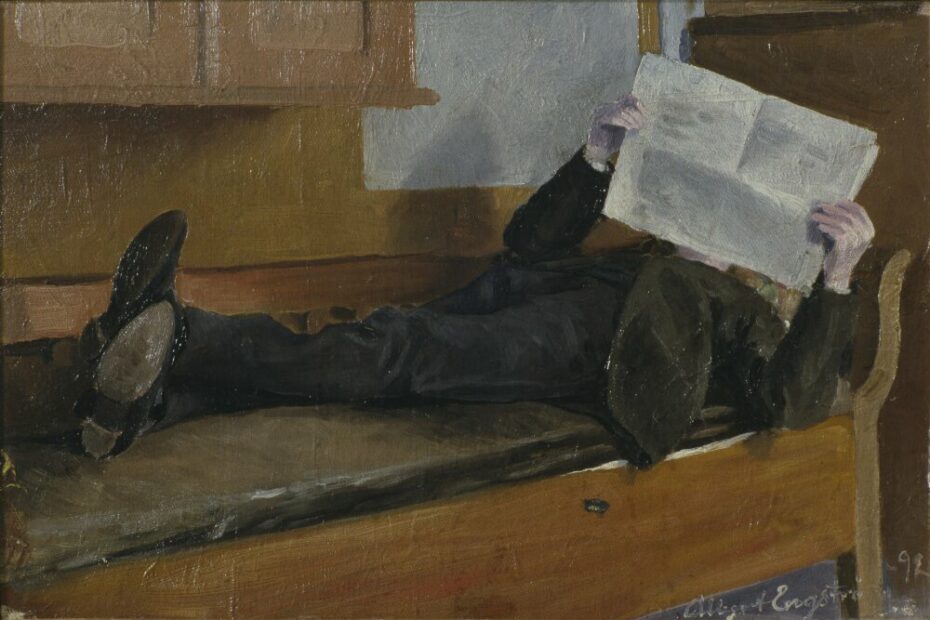The truth is out there: 8 steps to tackle disinformation in the EU
In the context of dangers magnified by the spread of disinformation during the COVID-19 pandemic and the mixed results produced by the voluntary Code of Practice on Disinformation, the European Commission called for input from stakeholders on this topic. It is as much a fight for trustworthy knowledge, as it is against false online disinformation. This struggle is hardwired into the Wikimedia movement, starting with the very first Wikipedia entry.
Wikimedia community in search for truth
Unbalanced exposure of citizens to misleading or fabricated information is a major challenge for Europe and the world today. There is no technical or financial magic bullet: all actors in the digital and political ecosystem must work to implement concrete and coherent actions to improve access to trustworthy information sources and contain the spread of online disinformation. We need an array of cascading long-term policies and actions.
Wikimedia communities have always worked towards creating credible and reliable sources of information and have always sought to recognise and limit the spread of unreliable sources and non-factual information. Specific attention and community rules exist across the projects on estimating which sources are reliable and can be used on Wikipedia, for instance.
Read More »The truth is out there: 8 steps to tackle disinformation in the EU